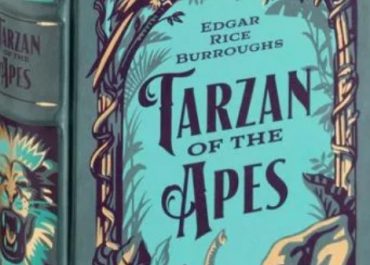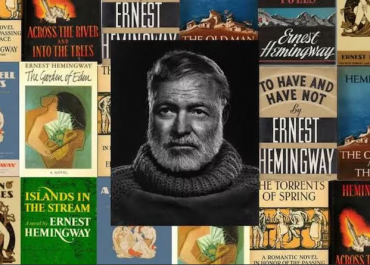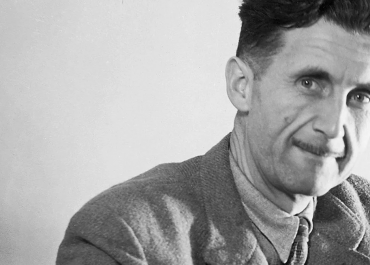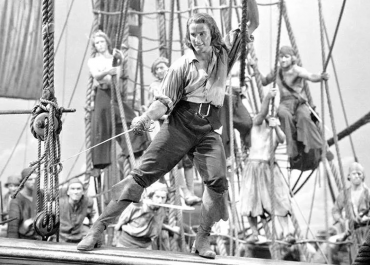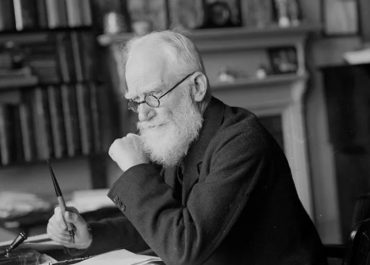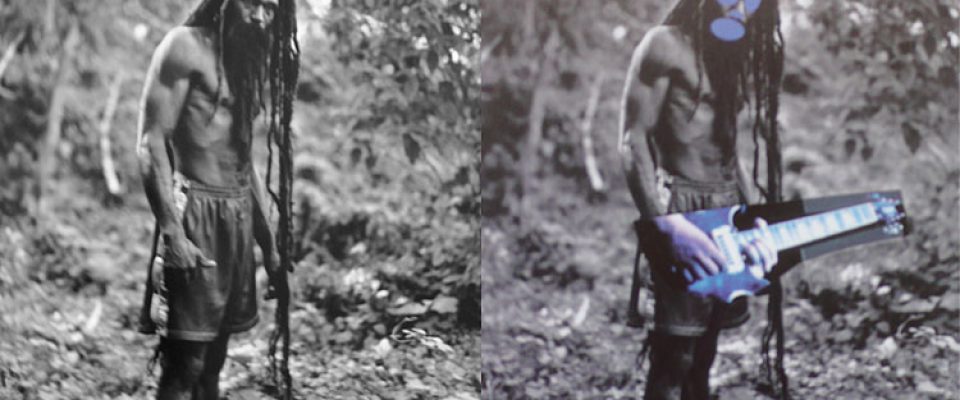
Cariou vs. Prince
One of the most significant art copyright cases is Cariou vs. Prince.
In 2000 French photographer Patrick Cariou published «Yes Rasta», a book of portraits and landscape photographs taken in Jamaica. A well-known artist Richard Prince used unlicensed photos from Cariou’s book, altered and incorporated them into a series of paintings and collages for his project “Canal Zone”, that was exhibited at New York’s Gagosian Gallery.
In his works, Prince uses enlarged photographs and applies paint and applications over it. Prince’s works at auctions cost from several hundred thousand to 3-4 million dollars. And he was named one of the most promising in terms of collecting artists.
Patrick Cariou, filed suit for copyright, which Prince countered with a “fair use” defense. The district court in New York said the photos were an infringement, stating that to qualify as fair use, a secondary work must “comment on, relate to the historical context of, or critically refer back to the original works.” Prince appealed under the Fair Use exception in the US Copyright Act claiming his series falls under the transformative exception. In 2013 the Second Circuit reversed the decision, believing the alleged infringements were transformative enough to be considered fair use. The court found 25 of 30 works to be transformative fair use under its standard.
On March 18, 2014, Cariou and Prince announced that they had settled the case. This case quickly became a battle of modern contemporary art and what appropriation entails, and lit a fire between the photography and artistic communities. There is now a finer line on what is considered original art, commercial art and digital media. There have been a lot of cases relative to Cariou vs. Prince. And transformative art becomes an important part of today’s culture.
